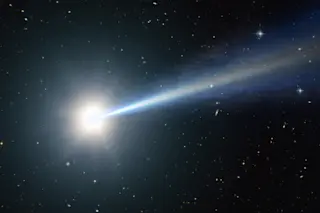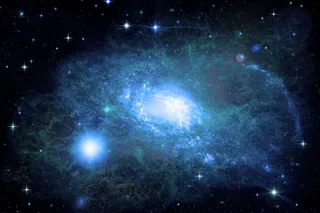1 Artist rendering of a quasar. Source: NASA/ESA/G.Bacon, STScI In Discover Magazine's September print issue, the article "To the Edge and Back" describes how a telescope as big as the world will give astronomers an extreme closeup when our galaxy's black hole lights up. The Global Telescope Network provides a citizen science opportunity to connect with the world's stargazers. Our universe is filled with curious phenomena. Flickering pulsars, giant gamma ray bubbles, dark energy and dark matter^1. These are just a few of the mysteries astrophysicists are trying to understand. If you have ever looked to the stars and wondered, the
(GTN) is your opportunity to help unravel the riddles of our universe. The GTN is a network of professional scientists, amateur astronomers, educators and students supporting ongoing research projects to understand our universe. Started about ten years ago by NASA, the GTN was a mechanism to ...














